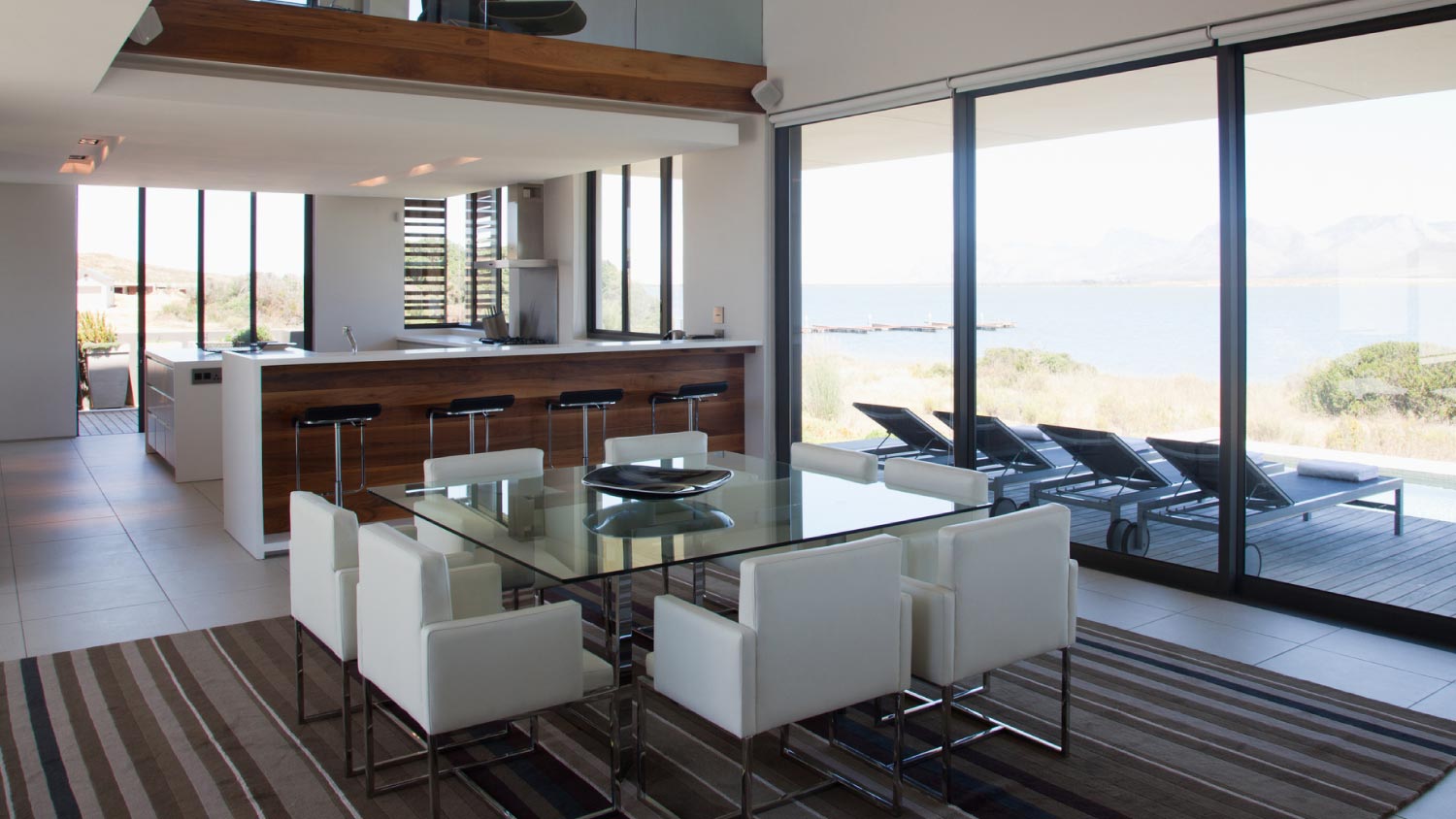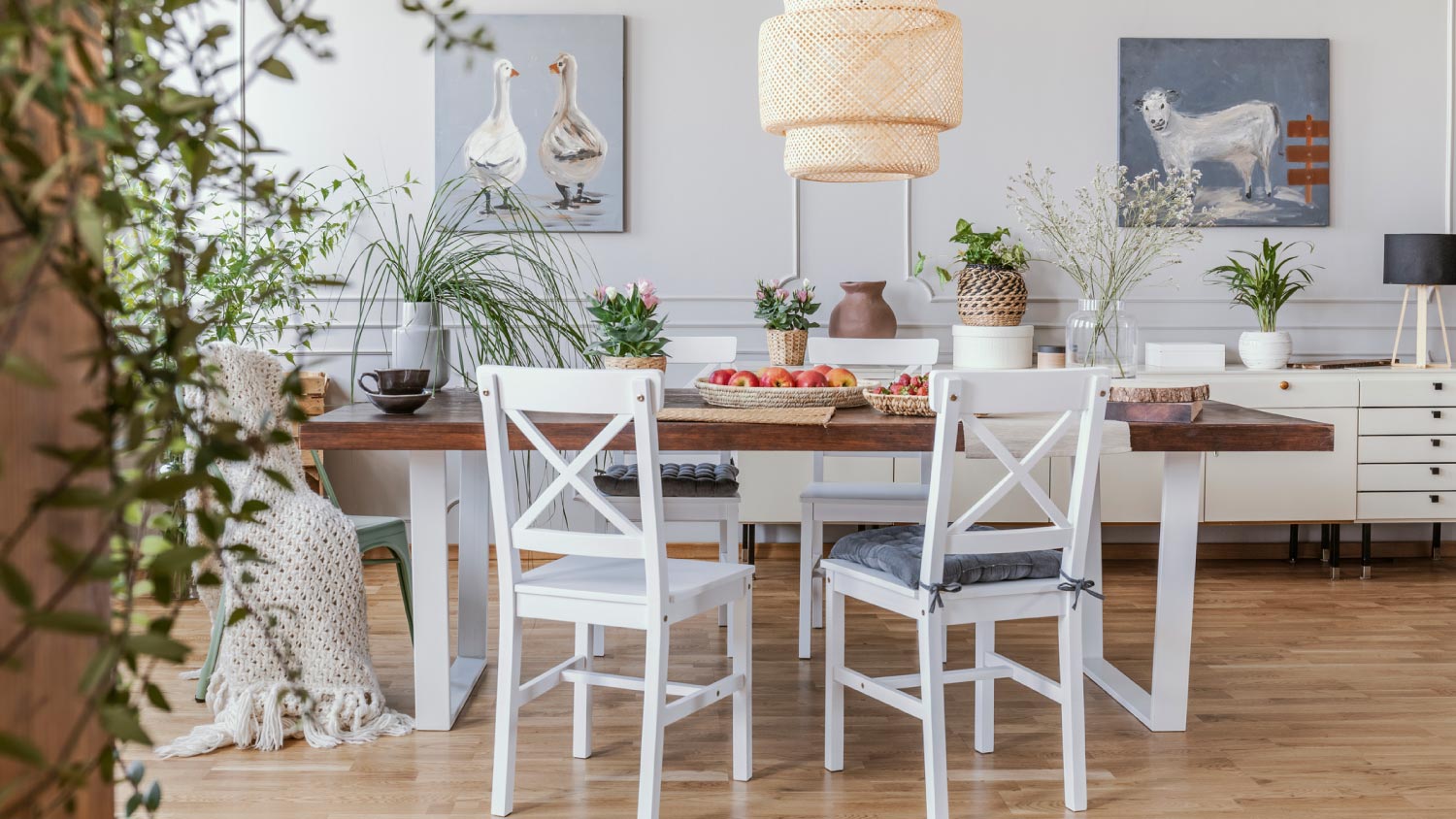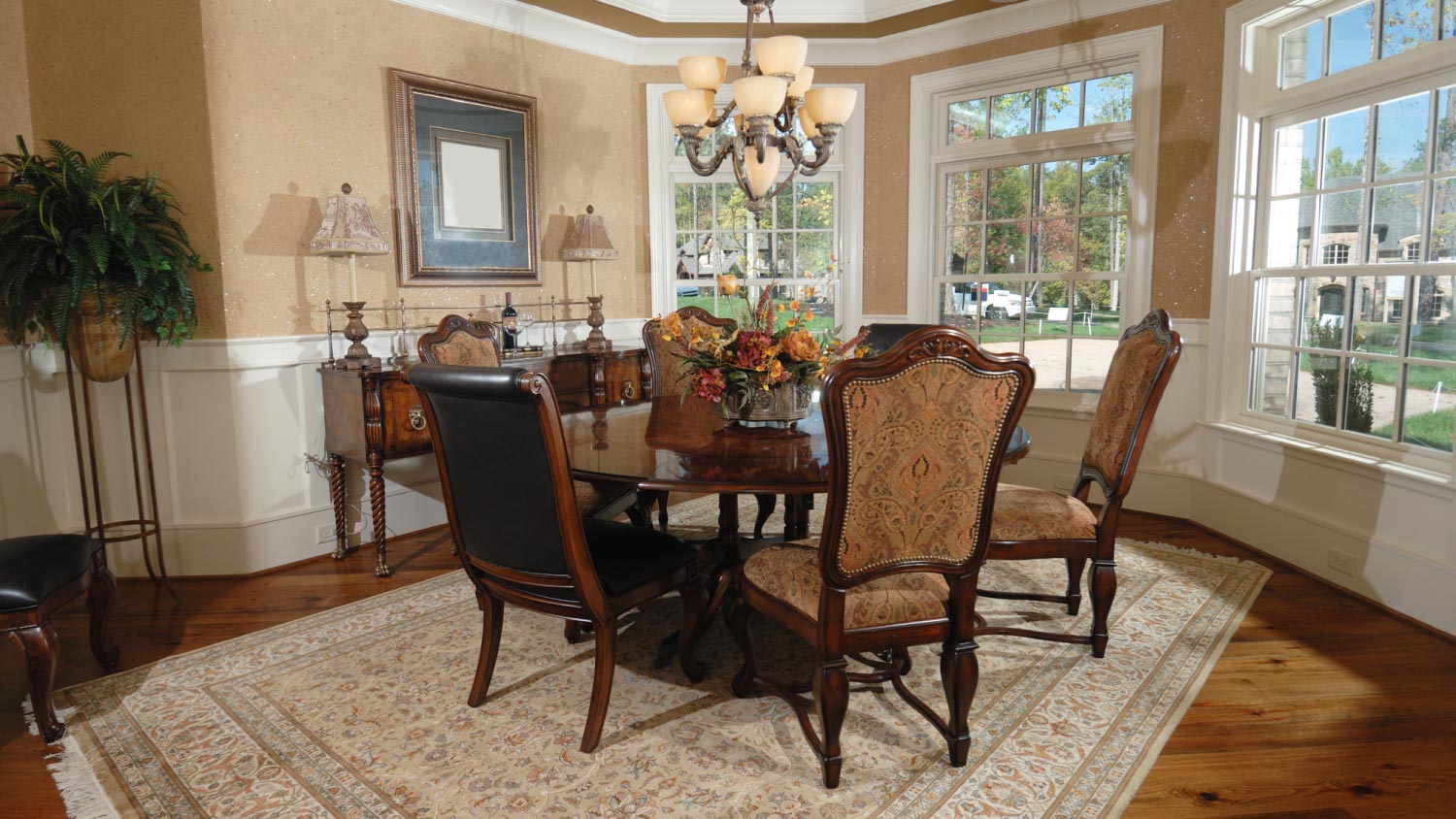11 Types of Dining Room Chairs, From Windsor to Wingback
Don’t let your dining room chairs take a back seat


From Parsons chairs and armchairs to ladder backs and wingbacks, the possibilities for dining room seating are seemingly endless. If you’re trying to freshen your interior design and you’re not sure where to start, we’re here to help.
Learn 11 different types of dining room chairs to help you find the one that works best for your space.
1. Parsons Chairs

Originally designed as an armless dining chair, the Parsons chair was created by (and named for) The Parson’s School of Design in the 1930s. Almost a century later, it’s clear the Parsons style chair has stood the test of time.
It’s clean, minimal, and fits beautifully into any space. The simplicity of Parsons chairs lends to easy pairings with other furniture styles. Fully upholstered Parsons chairs would pair nicely with a glass dining table.
2. Side Chairs

Also known as a dinner-time staple, side chairs are essentially standard dining chairs without arms. As their name implies, side chairs are meant to sit along the side of a dining room table.
Side chairs are the most common type of dining chair, and their armless silhouette makes them ideal for small dining spaces.
When paired with a rectangular table, side chairs provide plenty of seating space to accommodate your guests, but they’ll work just as well with round tables. Side chairs make great investment pieces for dining spaces as they’re relatively easy to reupholster should they get dirty or worn.
3. Arm Chairs

Armchairs are where comfort meets style. As their name implies, armchairs are essentially side chairs—with arms. The most common armchair design attaches the arms to the back and seat. Armchairs provide a more comfortable dining experience, and they’re often used in more formal dining spaces.
If you’re pressed for space, consider adding armchairs at either end of your dining room table and pair them with side chairs.
4. Ladder Back Chairs

Ladder back chairs made their first appearance in the middle ages. By the 17th century, they were a popular seating staple in England. Ladder back chairs feature anywhere from two to six horizontal slats that are evenly spaced along the back of the chair—like a ladder.
Typically made of wood, these chairs offer a light and open look. While they’ll work in almost any space, ladder back chairs work best in rustic or traditionally styled dining spaces.
5. Slat Back Chairs

Slat back chairs are a Danish furniture creation, and they date back to the 1940s. Similar to ladder-back dining chairs, slat-back dining chairs are crafted with evenly-spaced slats; however, in this case, the slats are vertical instead of horizontal.
Slat back chairs are one of the most traditional chair styles. They’re a timeless classic that works beautifully in a casual dining room or around the kitchen table.
6. Bow Back Chairs

Also known as paddle back, dowel back, arrow back, and feather back, bow back chairs feature bowed arcs over slender spindles. In order for a chair to be a true bow back, steam must be used to bend the wood. Bow back chairs are known for providing plenty of lumbar support, and they fit nicely into casual farmhouse-style dining spaces.
7. Windsor Chairs

Named for the English town of Windsor, where it was first manufactured, Windsor chairs are a type of bow back chair. It features a half-circle frame supported by thin vertical spindles, rods, or slats. Saddle seats, spindles in the bow back, turned legs, and arrow feet (feet that come to a point) in the base are common hallmarks of the design.
Windsor chairs were popular during the colonial era; today, they’re great for adding a touch of vintage style to any dining space.
8. Cross Back Chairs

Also known as an X-back chair, cross back chairs feature two slats that cross into an X-shape.
Making their first appearance in 20th-century French bistros, cross back chairs make great additions to farmhouse or rustic-style dining spaces.
These chairs are simple, clean, and modern, so they’re often used outside of dining spaces as an accent piece.
9. Wingback Chairs

First introduced in England during the 1600s, wingback chairs took over a century to become a preferred furniture style. Wingback chairs feature a straight back with panels (or wings) on each side.
Originally intended to trap the heat from a fireplace, today, the ‘wings’ are largely decorative. Wingback chairs are often upholstered and have wooden legs. While these chairs are often used for accent seating, they make lovely and regal additions to any dining room.
10. Queen Anne Chairs

Queen-Anne-style chairs are everything you’d expect them to be with Victorian-era inspiration.
Carved details, decorative scrolls, elaborate back splats, and cabriole legs are some of the distinctive features you’d expect to see (and what you should look for when shopping).
These antique-inspired chairs are typically crafted from cherry wood and feature upholstered seats. And as you might have guessed, they’re ideal for traditional dining spaces.
11. Farmhouse Chairs

True to its eclectic nature, farmhouse-style chairs are often a blend of many of the chair styles we’ve covered. These chairs can be found in armchair or side constructions, and ladder backs, cross backs, or bow backs styles are not uncommon, and they’re typically available in an assortment of hardwoods.
The design element that really makes a chair “farmhouse” is the rustic finish. It’s also worth noting that farmhouse style is not matchy-matchy.
How to Choose a Dining Room Chair
Like anything else in home decor and design, “the best” anything is largely subjective and there are plenty of things to consider when you’re buying new home furniture.
While you’re shopping (or scrolling, think about the following:
What’s the design style of your home or dining space?
How big is your dining space?
How frequently will your dining room/chairs be used?
What are the ages of your family members?
How much upkeep are you willing to do weekly/monthly?
Do you want soft furnishings or wood construction?
Beyond these considerations, you also need to consider the dining table. If you’re buying a dining set, you’ll be fine. If you’re mixing and matching, however, you need to keep the dimensions of your table and chairs top of mind.
The average height of a dining chair is 17 to 20 inches from floor to seat, but depending on the type of chair you buy, the back heights can vary widely.
Ultimately, the best choice for a dining chair is the one that works for you, your family, and your space. If you need help styling your dining room, consult an interior designer in your area.





- 21 Dining Room Ideas
- Complete Your Dining Space With the Perfect Table and Chair Height
- 18 Fire Pit Seating Ideas
- 9 Dining Room Tables That’ll Instantly Upgrade Your Space
- 13 Better Ways to Use a Formal Dining Room
- 4 Things to Consider When Choosing the Best Dining Room Rug
- Choosing Between a Round and Rectangular Dining Room Table
- 15 Dining Room Lighting Ideas to Brighten Your Space
- 5 Must-Know Tips for Safely Shipping Tables and Chairs
- 9 Dining Room Paint Colors Perfect for Your Next Dinner Party










